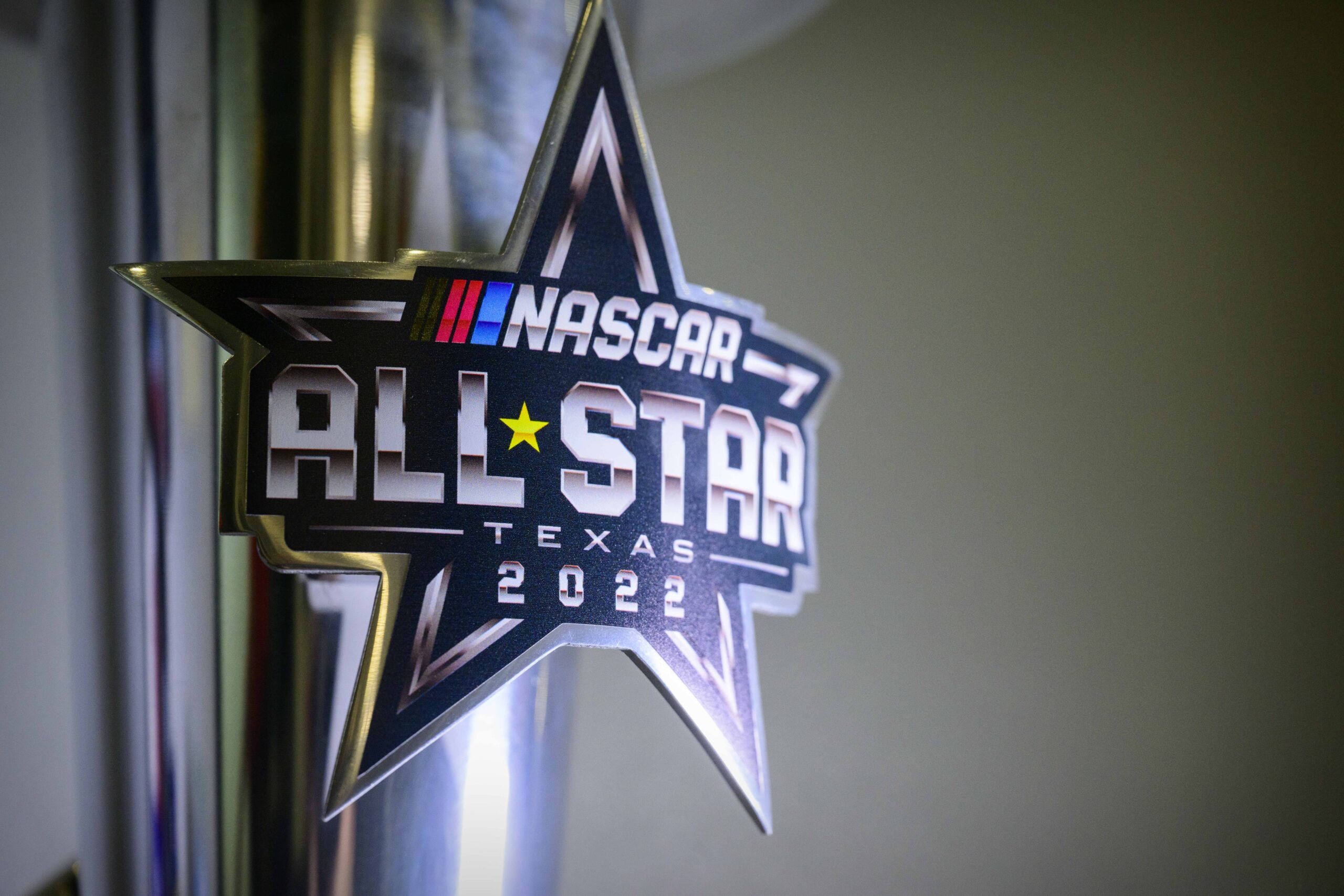Want to join the ranks of NASCAR champions? The path to becoming a professional stock car driver takes skill, dedication, and years of practice. This guide will show you the key steps needed to pursue a career in NASCAR racing. Racing at speeds over 200 mph isn’t just about pushing the gas pedal – it requires years of training, mental toughness, and a deep understanding of racing strategy.
The journey from rookie to NASCAR champion has launched many racing legends, from Richard Petty to Chase Elliott, who all started with the same dream. Whether you’re a young racer looking to start your journey or a racing enthusiast wanting to understand the path on how to become a top NASCAR driver with success, this guide will map out the road ahead. Let’s buckle up and explore what it takes to become a professional NASCAR driver.
Start Racing Early
The journey to NASCAR usually begins in childhood with go-kart racing. Most successful drivers start between ages 5 and 10, learning basic racing skills and track awareness. Even NASCAR legends like Jeff Gordon and Tony Stewart began their careers in go-karts, proving it’s the perfect training ground for future champions.
Go-karting teaches vital racing basics:
- Vehicle control
- Racing lines
- Passing techniques
- Basic track rules
- Race strategy
- Safety awareness

After mastering go-karts, young drivers typically move to Bandolero cars or quarter midgets around age 12-14. These entry-level race cars help build confidence and racing experience. Local tracks often host youth racing leagues, providing a safe environment to develop skills.
Build Essential Racing Skills
NASCAR drivers need more than just driving talent. Top drivers master five key skills that set them apart from others. Physical fitness plays a crucial role, requiring strong neck muscles to handle G-forces, solid core strength for car control, and arm strength for steering. Drivers must also build exceptional endurance for long races and develop tolerance for extreme heat conditions.
Mental skills are equally important in racing success. Drivers must excel at quick decision making and maintain intense focus under pressure. They need to master race strategy planning while maintaining constant spatial awareness of other cars. Understanding risk management becomes crucial during high-speed competitions.
Technical knowledge forms another vital component of racing success. Professional drivers must understand car mechanics deeply, read track conditions effectively, and know how weather affects their vehicle’s performance. They also need to master tire management and develop strategic fuel consumption plans during races.
Climb the Racing Ladder
The path to NASCAR follows a clear progression. Drivers begin at local track racing, where they build fundamental race experience and learn track management skills. This stage offers crucial opportunities to develop racing techniques and network with teams.
Moving up to regional series marks the next step, where drivers compete in Late Model racing and the NASCAR Weekly Series. The ARCA Menards Series provides higher competition levels and more track time, helping drivers refine their skills against tougher opponents.
The national series represents the pinnacle of stock car racing, starting with the NASCAR Camping World Truck Series, advancing to the NASCAR Xfinity Series, and finally reaching the NASCAR Cup Series. Each level brings increased professional opportunities and major sponsorship possibilities.

Off Track Requirements
Success in NASCAR requires excellent business skills beyond driving ability. Modern drivers must excel at marketing themselves and securing sponsorships while managing their finances carefully. They need to build a strong personal brand and maintain an active social media presence to attract fans and sponsors.
Education remains crucial for aspiring NASCAR drivers. Beyond a high school diploma, drivers need various racing school certificates and NASCAR licenses. They must complete comprehensive safety training and develop technical knowledge about their vehicles.
Essential documentation includes obtaining both racing and competition licenses. Drivers must secure medical clearance and maintain proper insurance coverage. Understanding contract management becomes vital as careers advance.
The road to becoming a NASCAR driver takes time, money, and dedication. Most successful drivers spend 10-15 years working their way up through different racing levels. They invest in equipment, travel to races, and build relationships with teams and sponsors.
Top NASCAR drivers like Dale Earnhardt and Richard Petty didn’t just show up at the track one day. They spent years learning their craft, building skills, and proving themselves at every level. With dedication, talent, and the right opportunities, you can work toward joining their ranks in professional stock car racing.
Remember that safety always comes first in racing. Start small, learn properly, and never rush your development. Focus on building a strong foundation of skills and knowledge. Many future NASCAR stars begin their journey at local tracks across America. These smaller venues offer chances to gain experience, make mistakes, and learn from them in a lower-pressure environment. Support from family, coaches, and mentors plays a big role in developing a successful racing career.









